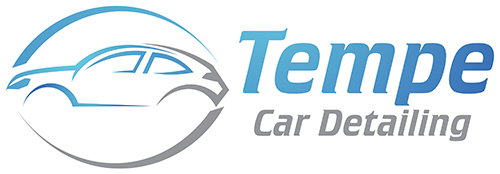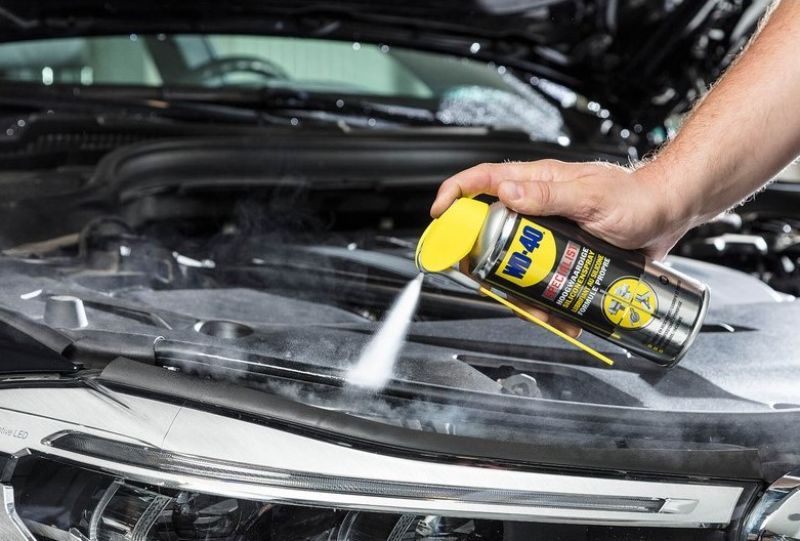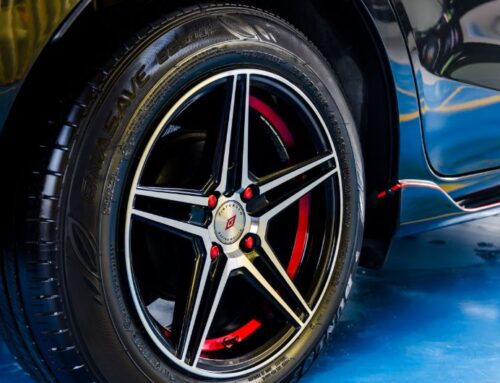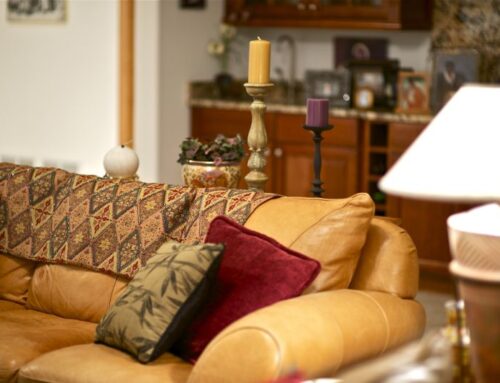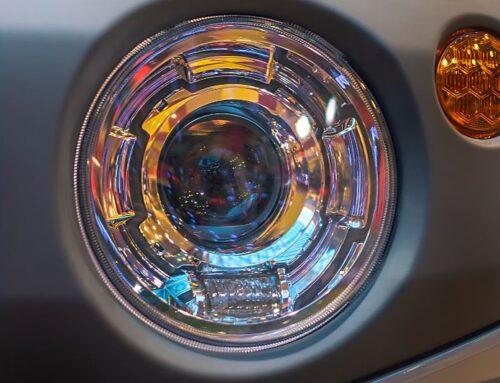WD-40 is a penetrating oil spray that is often used to prevent rust. It can also remove light scratches. It also contains bacteria-killing ingredients. However, it can ruin the paint of your car if you apply it to it. To avoid rust, spray WD-40 under your car and underneath any sap that may be present.
WD-40 is a penetrating oil spray
WD-40 is a petroleum-based penetrating oil spray, and it’s very similar to kerosene. It’s also highly toxic if inhaled. Hydrocarbons in WD-40 are toxic to the nervous system and other organs. It’s also highly flammable. The chemical formula contains five different alkanes, including decane, which doesn’t freeze below -21 F and keeps the mixture liquid.
While WD-40 doesn’t eat through clear coats, it can still ruin your paintwork. Using it on deep scratches won’t fix the damage, but it will prevent water from penetrating into the scratch. It will also prevent rust from forming. Car owners are creative creatures, so they sometimes find creative ways to repair their vehicles.
It removes light scratches
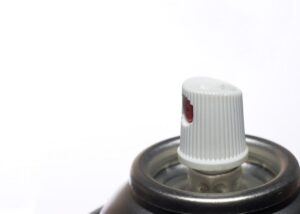 WD-40 is an automotive product that can be used to remove light scratches from the paint of a car. It also has other useful properties, such as improved hydrophobic properties. It is also a great way to prevent rust from forming on the body of a car.
WD-40 is an automotive product that can be used to remove light scratches from the paint of a car. It also has other useful properties, such as improved hydrophobic properties. It is also a great way to prevent rust from forming on the body of a car.
While WD-40 does not contain polishing agents or abrasives, it is effective at removing light scratches from a car’s paint. It also helps fill in small cavities left by scratches. For best results, use it on a flat surface. If the scratch is deep, you’ll need to use a sandpaper to remove it.
WD-40 is also effective at removing dust and paint transfer from a car. It can also be applied to a clean surface and can be wiped with a microfiber cloth.
It removes sap from car paint
It may be tempting to use WD-40 to remove sap from your car, but this may damage the paint. Instead, you can use Goo Gone, a powerful chemical that works well on sap. Apply it with a microfiber cloth and let it sit on the sap for about a minute. Then, rinse it off with warm soapy water.
You can purchase this product from any car care store or hardware store. After spraying the sap, you should wipe it off with a damp paper towel. The paper will help keep the WD-40 from dripping all over the place and help it break down the sap faster. Then, wait five minutes before wiping it off.
It kills bacteria
WD-40 is an effective lubricant and can be used for many things, including waterproofing, rust prevention, and removing stuck parts. The lubricant was discovered accidentally by a 3M chemist who was working on a formula to prevent corrosion of nuclear weapons. While he was developing the formula, he accidentally made a compound that formed two fluids: one was a grease, while the other was a lubricant. The 3M scientists then tested the fluid on plants and discovered that it was effective in removing sticky tree sap.
WD-40 can also be used to remove bugs from vehicles. It is safe to use to remove bugs, but only if you are using it according to the directions on the bottle. It is best to use a specially formulated bug remover, which is safer and more effective.
It is toxic to humans
WD-40 is a petroleum-based product, similar to kerosene. Its hydrocarbons are highly toxic to humans when inhaled, and they can cause respiratory and nervous system irritation. The product is also flammable and contains several alkanes, which are chemically stable but not highly reactive. Five of these alkanes, including decane, are included in the WD-40 formula. However, decane does not freeze at -21 degrees Fahrenheit, which makes it ideal for preserving the liquid state of the mixture. Another alkane, carbon dioxide, acts as a propellant and is not toxic to humans.
To avoid inhaling the chemical, always wash your hands thoroughly after applying it. Although WD-40 is water resistant, it can damage the car’s traction in wet weather. Lack of traction can cause a crash. The best way to remove the grease from the car is to use a baking soda and soap and water solution. These two ingredients can be mixed together and applied directly to the grease.
